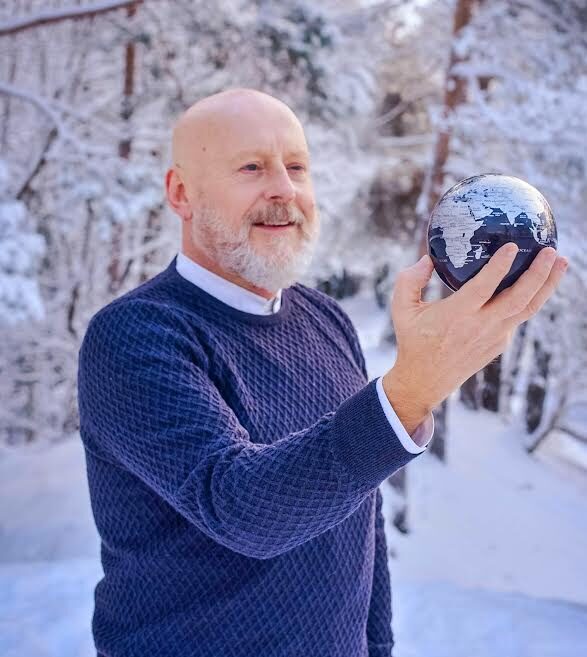Lima, Ciudad de Los Reyes (City of The Kings)
Lima is the capital of Peru. Ciudad de Los Reyes is an interesting name when no ruling king was ever in Lima but represented by a Viceroyalty. Putting that aside, a King could easily fit into Lima’s grandeur. The capital was the final stop on my journey through Peru. I arrived in Lime early after taking a night bus from Trujillo.

A miserable start in Lima
Unfortunately, I had a terrible stomach ache during my night on the bus. And this carried on during the following days. I had booked a culinary guided tour with Exquisito Perú in the afternoon. After looking forward to this tour since before I left home, I was distraught that I did not feel well. I was still optimistic and showed up at the meeting point. I told the guide my problem, and we agreed I should try to follow the tour. It was exciting, but after we had been shown the preparation in the kitchen, I felt sick, and when the food came on the table, probably smelling delicious, I had to pass and go back to the hotel.

I could not let this kill my joy to see my first capital in the South Americas. I got many advice on what to see from my friends and my research. This was also the first city in Peru by the ocean for me. It was sunny every day, but the temperature was between 20 and 25 degrees, so not a summer temperature in this part of the world. What is unique about this city is that you have a beach, but the town is on top of the cliff above the sea. However, I had a good look down at the surfers from the Parque del Amor.

Privat guide in Lima
On my way to Lima, I was contacted online by a man who offered to be my private guide in Lima. I never jump on offers like that immediately. However, I went for the Historical Inheritance of Old Lima, one of his tours. Jame is a guide I gladly recommend, so I have his number if you are in Lima and need a guide one day.

The Old Lima
The old Lima is full of grand Colonial-style buildings. For example, I had seen some similar in Arequipa, but everything was more elegant here. After earthquakes and several wars, Peru became independent, and in the 1850s, the city started its expansion and grew more wealthy. In the following twenty years, the State financed the construction of large public buildings to replace the old viceregal establishments. Jamie showed me several of these buildings and shoved me to the opera house. Unfortunately, it was closed, but I could see posters for A Swanlake.

Large distances
There is no doubt that Lima is a large city. It has around 8.5 million inhabitants. I was staying in Miraflores, close to the sea. On the other hand, the Old Lima was a 30-minute ride with a taxi away. Therefore, I only spent this one day with Jamie in the historical part. But, thankfully, I got to see many of the historical sights. It is said that more than three million live in slums in Lima; from a distance, it looks colourful, but I am sure life can be hard there.

Barranco
Known as the SoHo of Lima, Barranco is one of the city’s hippest neighbourhoods, with colourful street art, tucked-away bars and coffee shops, vibrant old mansions and summer houses, beautiful museums, delicious food, and plenty of bohemian vibes. I also passed a gate with several guards outside; I did not know what was behind the big fence. On the way back, I realised it was one of the world’s most expensive restaurants, the Central. I could blame my stomach for not going in there.

Conclusion
Here ends my stories from Peru, the summer of 2022. Four weeks travelling around in this very welcoming country. First, the hike around Salkanty, then the Inka Trail to Machu Picchu. Titicaca Lake, Arequipa and Trujillo. There have been so many fantastic experiences. If I were not greedy and wanted to see the whole world, I would go back and see more of this diverse country.








